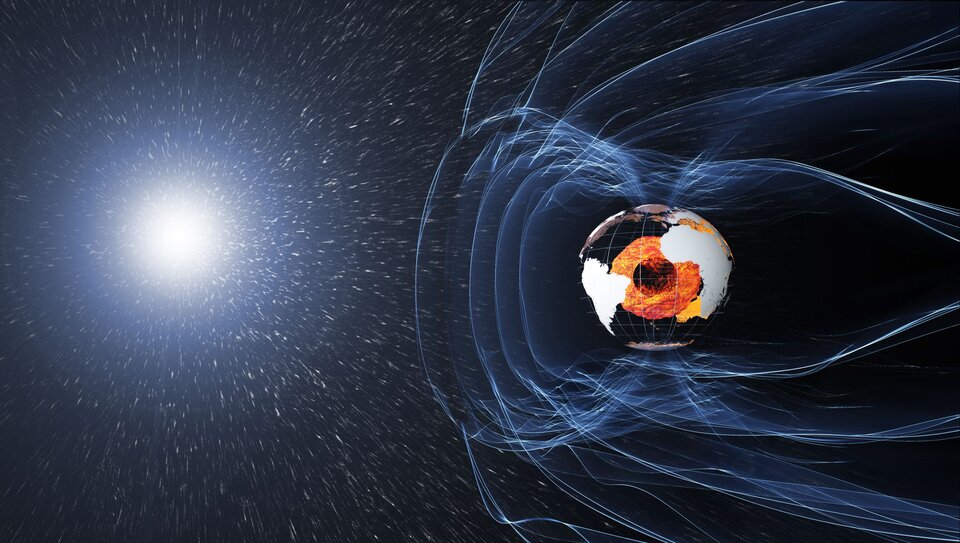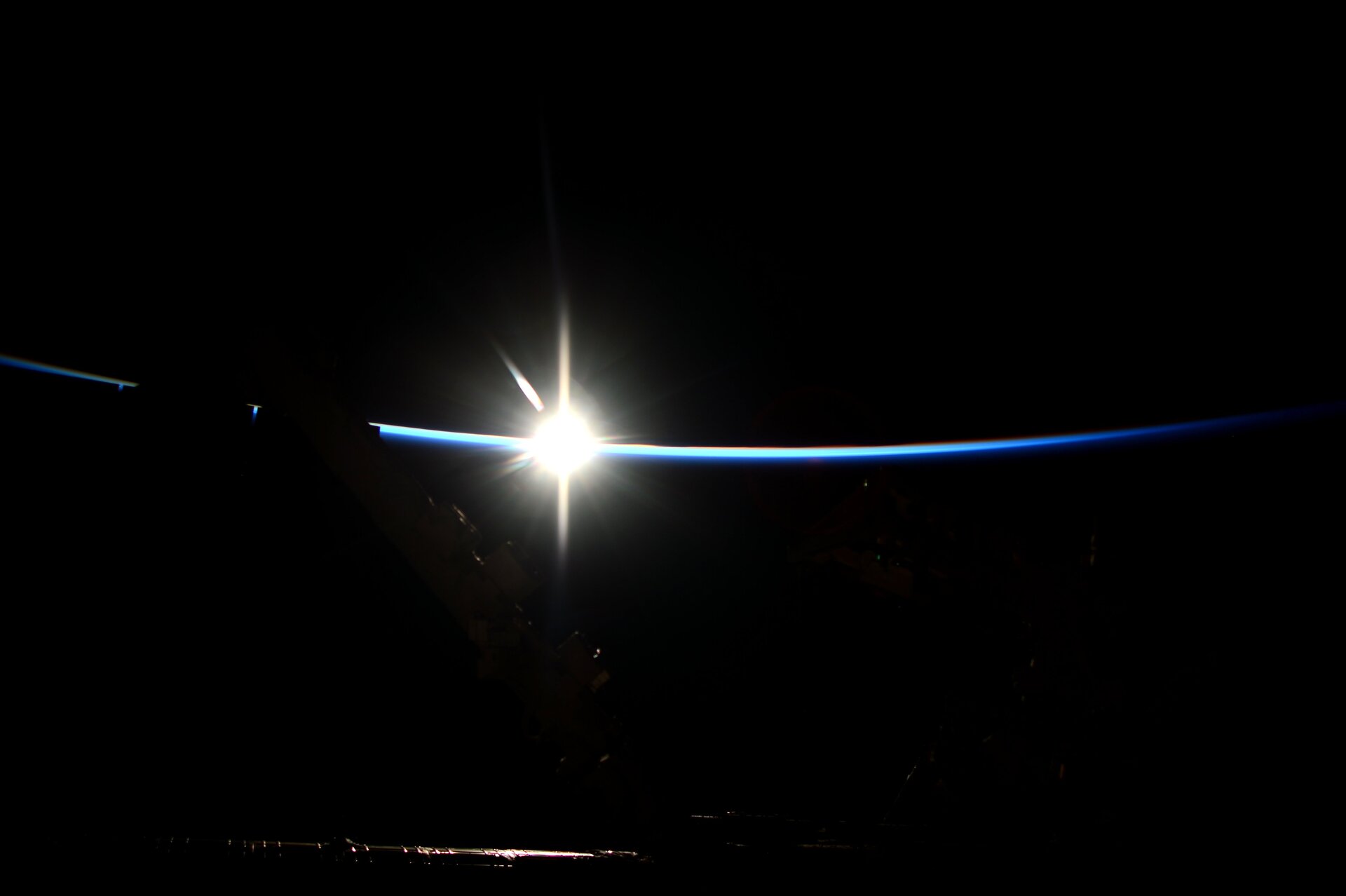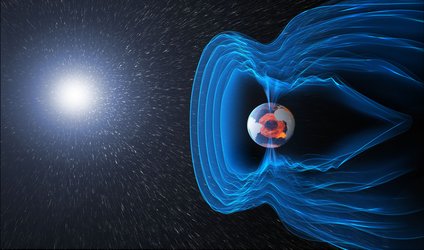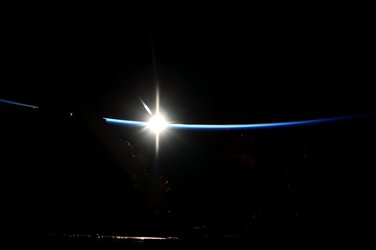New radiation research programme for human spaceflight
ESA is announcing a new programme for conducting research into radiation and how to protect astronauts from space radiation. Teaming up with five particle accelerators in Europe, we are offering researchers slots to bombard samples with radiation.
Cosmic radiation is considered to be the main health hazard to human spaceflight and exploration of the Moon, Mars and beyond. Finding ways to limit the harmful effects are increasingly important as we embark on longer missions further from Earth.
Our atmosphere protects us on the ground from the constant barrage of cosmic radiation, but venture 50 km up – the International Space Station circles at around 400 km – and the only thing protecting astronauts is the hull or their spacesuits. The longer the exposure, the higher the risk of developing cancer, central nervous system disorders, cardiovascular problems and tissue degeneration.
Typical forms of protection include lead shielding, magnetic fields and water, but these are impractical to incorporate in spacecraft, so space agencies are looking for alternatives.
Power up the accelerator

By accelerating atomic particle to speeds approaching the speed of light, we can recreate cosmic radiation. Five particle accelerators are being used for this research programme, located in France, the Netherlands, Italy and two in Germany.
In this announcement of opportunity, which will remain open continuously, ESA is offering up to €50 000 for each proposal selected after a thorough peer review.
Jennifer Ngo-Anh, head of Human Research at ESA, says, “This is a brand new programme that will run for many years using the best facilities Europe has to offer. We expect many great research proposals and experiments and look forward to testing interesting ideas from the scientific community, putting Europe at the forefront of space radiation research.”

Targets to receive the cosmic blast can include biological cells, but also materials that could be used to stop the radiation. This is where researchers are invited to suggest ideas for review.
Results of such experiments will also have applications for life on Earth. Though well protected, humans are not immune from exposure. Data from these studies will inform us of risks of radiation exposure on Earth as well as improve radiation therapy for cancer treatment.
More information and how to apply can be found on the open research announcements page.











